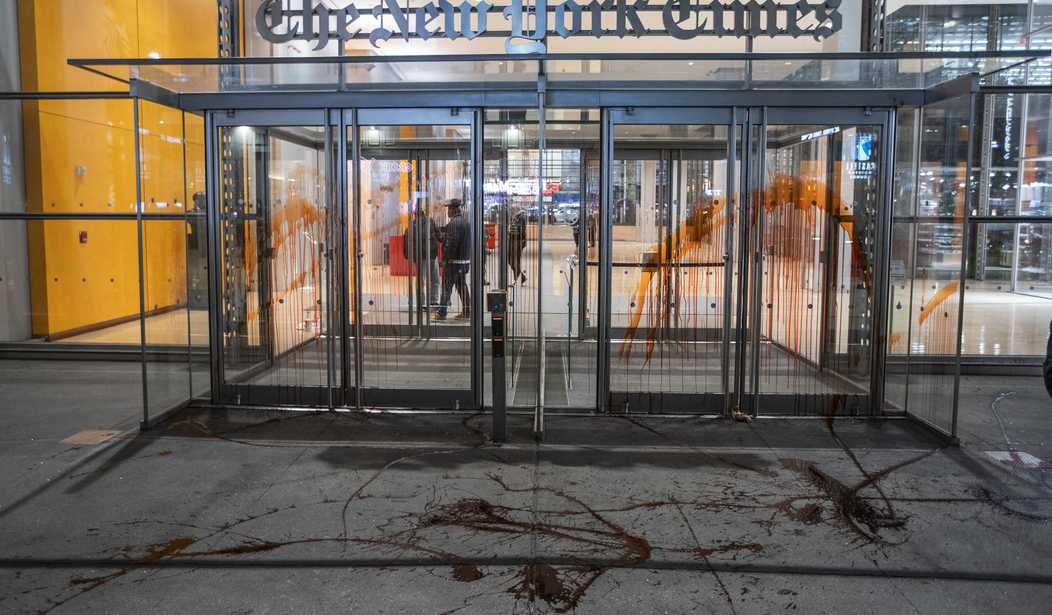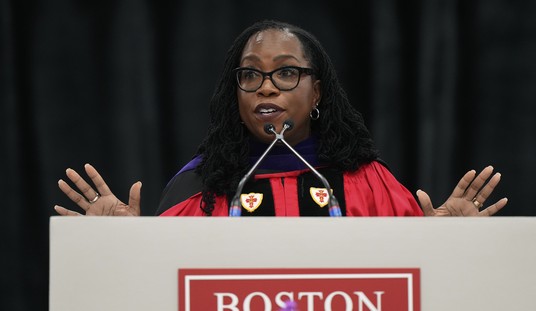In the early 1990s, I got an afterschool job waiting tables at Friendly’s restaurant, which was a burger and ice cream chain that catered to families. But before they’d trust you as a waiter (it was a big responsibility), you had to memorize their food code. I forget what it was, but it was all random: HA for hamburger, CB for cheeseburger, FF for french fries, MI for milkshakes — something like that.
So, when a customer told you their order, you’d write the code down and take it to the kitchen.
It took most employees a week or two of training to memorize it, and while I was studying the menu items, I noticed something: If you combine the first and third letters (or whatever it was), all the orders would have a different code. That meant we didn’t need to waste weeks onboarding with this silly, tedious training — we could hit the ground running ASAP.
Of course, while I was developing my own code, I wasn’t memorizing theirs.
I remember knocking on the manager’s door and being super-excited to show him what I figured out. Maybe I’d get some kind of promotion! Or a special award! (I didn’t know it at the time, but I had unwittingly launched DOGE’s corporate predecessor!)
Instead, I was fired.
“Scott, we hired you to memorize our code and work within our system,” the manager sighed. “We didn’t hire you to switch around the SOPs for our entire franchise chain!”
The manager was absolutely right: a good idea isn’t so good when it comes at the wrong time. When you hire someone to do a job, it’s reasonable to expect ‘em to actually do it.
I would’ve fired me, too.
But he was also wrong: a successful organization needs to find ways to capture ideas from all its employees. In fact, one of the secrets of Elon Musk’s spectacular success was prioritizing the free flow of ideas — even “20 cent ideas” — because the best solutions don’t only originate in the executive suites. Very often, the guys and gals on the frontlines notice things, too.
In the private sector, organizations that forsake good ideas wither and die. They’re unable to keep pace with the changes in the marketplace and then a competitor comes along and devours their lunch. Overnight, they become dinosaurs.
And in the political sector, they turn into the Democratic Party.
With apologies to the bulls of Pamplona, D.C.’s been witnessing the Running of the Donkeys ever since Election Day, as the party of old people — for old people — desperately searches for a way to reach younger voters.
And they usually plot their outreach strategy on MSNBC, home of the oldest audience anywhere on cable news.
To most young people, they sound like this:
The New York Times bemoaned the abysmal Democratic outreach in an op-ed today, “Look Past Elon Musk’s Chaos. There’s Something More Sinister at Work.” It perfectly encapsulated the radical left’s tactical problem, but completely misreads the emotional underpinnings of their target audience:
So far, Musk’s DOGE gang has outmaneuvered the Democrats and produced a governmental soap opera that confuses some Americans but feeds their fans what they want. Storming anodyne cubicles as if they’re Waterloo creates chaos and it satisfies fans’ desire to vicariously storm the seat of world power. In Musk, Trump has found something important for his stylistic approach to authoritarianism. He needs a muckraker who can create content for our media environment.
I could not help but feel that the Democrats’ response, staged for 20th-century media with a lectern, microphones and standing outside in the cold, could not compete with the emotional power of content. And that could have disastrous consequences. DOGE is a democracy wrecking machine. It is targeting the government’s plumbing, the infrastructure that makes the state reliable and legitimate for millions of Americans.
DOGE is also a propaganda machine. [emphasis added]
The author, Tressie McMillian Cottom, got a lot of things right: DOGE is generating tons of content every single day. The Democrats are losing the PR battle with their antiquated response. And yes, the maelstrom of MAGA policymaking does contrast sharply with the last days of the near-comatose Biden administration.
Her error is misunderstanding what Trump’s “content” represents.
The article continued:
It is fast becoming clear that this content-driven chaos is going to be the M.O. of Trump 2.0. Trump may have learned in his first term that there is a political price for not feeding your loyalists enough content. Governance got in the way of the content machine he built on the campaign trail. Since then, he has had four years to refine his strategy. Chaos is central to his deployment of unchecked executive power. But chaos has to be tended like a fire. It needs the right amount of constant oxygen to keep it going.
Where Ms. Cottom sees “chaos,” other Americans see ingenuity. They see a president who’s working hard to improve the lives of the American people. Instead of hiding in the White House, taking naps, and pardoning family members, he’s blazing a trail around the globe, singularly focused on Making America Great Again.
And the ideas are coming fast and furious: A takeover of Greenland (plus maybe Canada, the Panama Canal, and the Gaza Strip)! Gulf of America! A DOGE-style audit of the federal government! “Stargate” proposals for Artificial Intelligence!
He visited the disaster victims in North Carolina and California. He’s bringing hostages back home. He’s forcing our neighboring countries to finally do something about the fentanyl that’s flooding across our borders.
Meanwhile, can you name ANY new ideas that the Democrats have introduced?
Related: If ‘Democracy Dies in Darkness,’ Why Is It Banking in Secret?
Look, I don’t know who whispered, “We need Greenland!” into Trump’s ear. But clearly, the MAGA White House has a system in place to identify, install, and implement new ideas. Whatever their SOP is, it almost certainly predates Inauguration Day: from flipping burgers at McDonald’s to driving a garbage truck, Trump’s 2024 presidential campaign was one of the most unorthodox — and wildly imaginative — political campaigns in American history.
By contrast, the Harris-Walz campaign was mind-numbingly banal. They took zero risks and introduced no new ideas.
Seriously: when was the last time the Democratic Party offered ANYTHING new?
Whereas the Trump administration is building a reputation as forward-thinking, solution-minded innovators, the Democratic Party has devolved into a rigid gerontocracy. Ruled by elder statesmen and out-of-touch octogenarians, it’s where new ideas are sacrificed at the feet of (very) old careers.
They only offer complaints. Which certainly fits this “old person” stereotype:
In the meantime, DOGE’s youthful, colorfully-named workforce is capturing the public’s imagination. For the very first time in their lives, millions of young Americans — who already voted in record numbers for Trump — are seeing their generation take an active role in the future of our country.
Finally, at long last, young Americans are represented in D.C.! Yet the same liberals who used to argue that “representation matters” are singing an entirely different tune today.
“Every time you hear DOGE, the Department of Government Efficiency, you just remember it is the Department of Government Evil,” sniveled Rep. Kweisi Mfume (D-Md.).
Ah, so now these kids are evil. Kind of like how Trump was “literally Hitler,” eh?
Rep. Mfume was probably just looking out for his own future: as a whippersnapper of 76 years old, he’s almost old enough to join the Big Kids Table in the Democratic Party.
One party’s getting older; the other's getting younger. One is brimming with new ideas; the other is slandering smart, talented kids, calling them “evil.”
MAGA keeps winning and the Democrats keep losing. One of these days, someone at The New York Times will stumble upon the real reason, but clearly, it won’t be today.










Join the conversation as a VIP Member